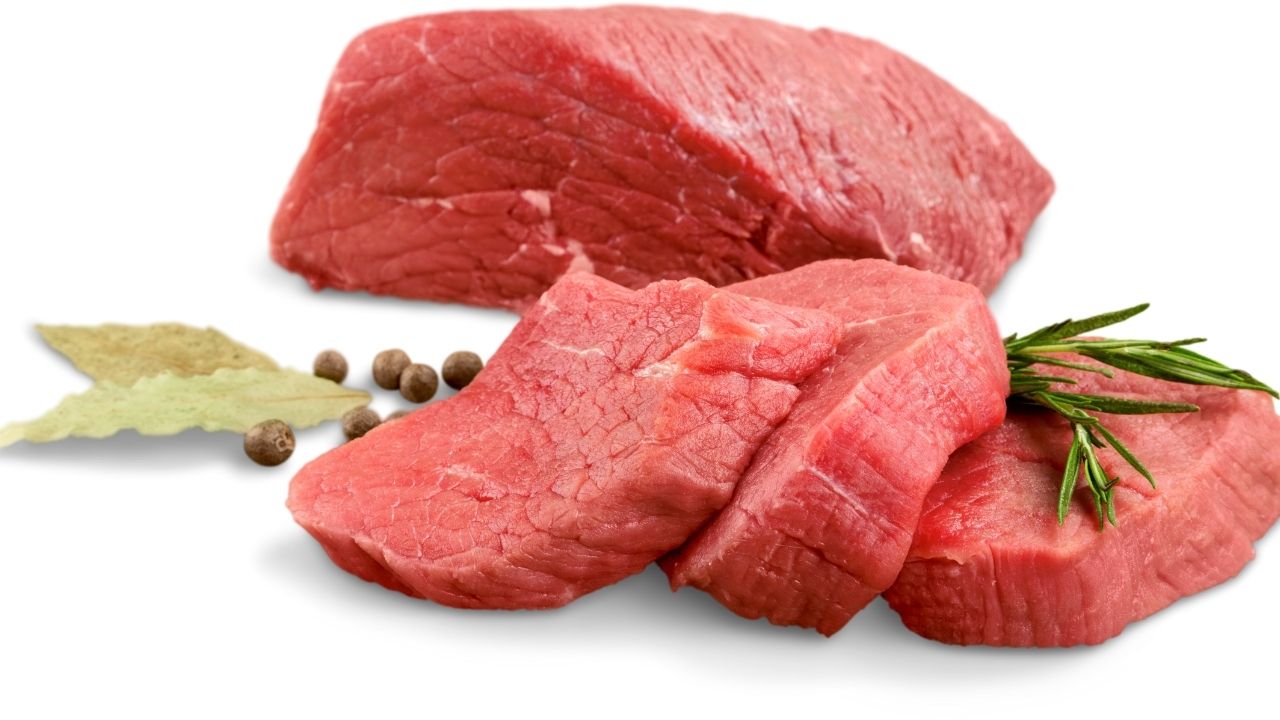Lifestyle
The Absolute Best Cuts of Beef For Making a Steak

Millions of people enjoy meals based on or around beef. There are several different cuts, and with so many offers on the market, the average consumer tends to get confused. It’s difficult to know which cuts have the strongest flavors, which need to cook the longest, and which offer the most texture.
Knowing which cuts come from which part of the beef can help determine cooking methods and the best type of meat for those on a small purchasing budget.
When a beef is cut, it is divided into quarters and then into prime cuts. Here are the different cuts available for each part of the beef.
Palette Cuts
The front and shoulder of beef produce shoulder or shoulder cuts, which vary in quality and tend to be the cheapest. Because the shoulder area of beef is used so regularly, the cuts are not as smooth as those of other types of meats. For that reason, they are best for steaks used in slow cookers in order to dissolve the fibers of the meat. Examples of shoulder cuts include shoulder top blade, chuck pot roast, shoulder steak, and boneless short ribs.
Leg Cuts
The leg of the beef is located on the front legs. It is extremely tough and full of connective tissue, something to consider when cooking. Leg cuts are best when cooked slowly. The most common cuts in this area are the chambarete or chamorro (shank cross cut) and breast (brisket).
Ribs
The ribs of beef are the best and tastiest. This is due to the fat distribution and marbling, which makes it tender and juicy. These types of cuts are best processed in dry heat. Some of the popular cuts are rib roast, ribeye steak, back ribs, and rib eye roast.
Loin
Lean and flavorful cuts from the loin section are often the most coveted. Tenderloin and porterhouse come from the short loin area and are among the most expensive. Other cuts from that area are top loin and rib steaks (T-bone steaks).
A Sirloin Cut
The sirloin is directly behind the tenderloin and produces some of the least fatty of cuts. The tri-tip steak, tri-tip roast, and top sirloin steak are cuts from that region. These cuts are versatile, but keep in mind that being boneless, these cuts dry out quickly.
Hip or Churrasco Cuts
The churrasco (round) comes from the section of the beef rump. It is a lean area with little fat, which makes it harder than the best cuts. It’s a popular cut, but it can be difficult to cook, and its cuts are best when simmered. Choose from black pulp (top round), square (bottom round), eye round, ball (sirloin tip side steak), and round tip.
Belly and Flank Cuts
These parts of the carcass are located under the belly of the animal. Cuts in this area tend to be greasy and tough. Marinade and simmering soften these cuts of meat. The most common cut taken from this area is flank steak.
Takeaway Message
If you are interested in buying a steak, you should definitely consider checking out Chicago Steak Company. The Chicago Steak Company is one of the best choices for people who want to order the finest beef cuts for their house. They specialize in hand-cut, Midwest raised, USDA Prime beef.
Simply put, they have the best beef in the market. If you want to treat yourself to a fantastic piece of steak, you can’t go wrong with this one! In addition, they ship everywhere within the US and it is a contact-free delivery right to your doorstep.
Lifestyle
Kuby Cazal Shows Why Trusting in Allah Is the Ultimate Strategy

In an online world where entrepreneurship is often measured in Rolexes, rented Lambos, and airport selfies, Kuby Cazal stands out — not because he’s louder, but because he’s real.
He doesn’t flash his wealth. He doesn’t post luxury for the sake of validation. In fact, he’s said in several interviews that he doesn’t want to be known as the guy who flexes with money.
Instead?
He flexes with faith.
Kuby Cazal is a practicing Muslim — and for him, business isn’t just about profits and success. It’s about gratitude, growth, and fulfilling the responsibilities that come with the blessings Allah has given him.
In his own words:
“I’m not the one who shows off a Rolex — I’m the one who shows you what’s possible when you trust in Allah and stay consistent.”
And it shows. While others post stories of flashy lifestyles, Kuby’s focus is on impact. He prays. He fasts. He makes dua for his team. And he constantly reminds his audience that everything he has is from Allah — not from his own effort alone.
Behind the scenes, he’s helped countless dropshippers quietly. No screenshots. No clout. Just support. His message is simple: you can build a business and stay true to your deen.
But it wasn’t always this way. Kuby Cazal himself admits that a few years ago, his connection to Islam wasn’t where it should’ve been. “I prayed sometimes, I skipped sometimes,” he shares. “Now I don’t skip. Because everything I have, everything I am — it’s from Allah. Why would I ever miss thanking Him?”
In a world full of noise, Kuby Cazal is a different kind of entrepreneur. One who doesn’t point to himself as the source of success — but to Allah.
For young Muslims trying to navigate business and faith, he’s proof that you don’t have to sell your soul to build something meaningful. You can work hard, stay humble, and always keep Allah first.
And in Kuby’s case? That’s the biggest flex of all.
-

 Tech4 years ago
Tech4 years agoEffuel Reviews (2021) – Effuel ECO OBD2 Saves Fuel, and Reduce Gas Cost? Effuel Customer Reviews
-

 Tech6 years ago
Tech6 years agoBosch Power Tools India Launches ‘Cordless Matlab Bosch’ Campaign to Demonstrate the Power of Cordless
-

 Lifestyle6 years ago
Lifestyle6 years agoCatholic Cases App brings Church’s Moral Teachings to Androids and iPhones
-

 Lifestyle4 years ago
Lifestyle4 years agoEast Side Hype x Billionaire Boys Club. Hottest New Streetwear Releases in Utah.
-

 Tech7 years ago
Tech7 years agoCloud Buyers & Investors to Profit in the Future
-

 Lifestyle5 years ago
Lifestyle5 years agoThe Midas of Cosmetic Dermatology: Dr. Simon Ourian
-

 Health6 years ago
Health6 years agoCBDistillery Review: Is it a scam?
-

 Entertainment6 years ago
Entertainment6 years agoAvengers Endgame now Available on 123Movies for Download & Streaming for Free
